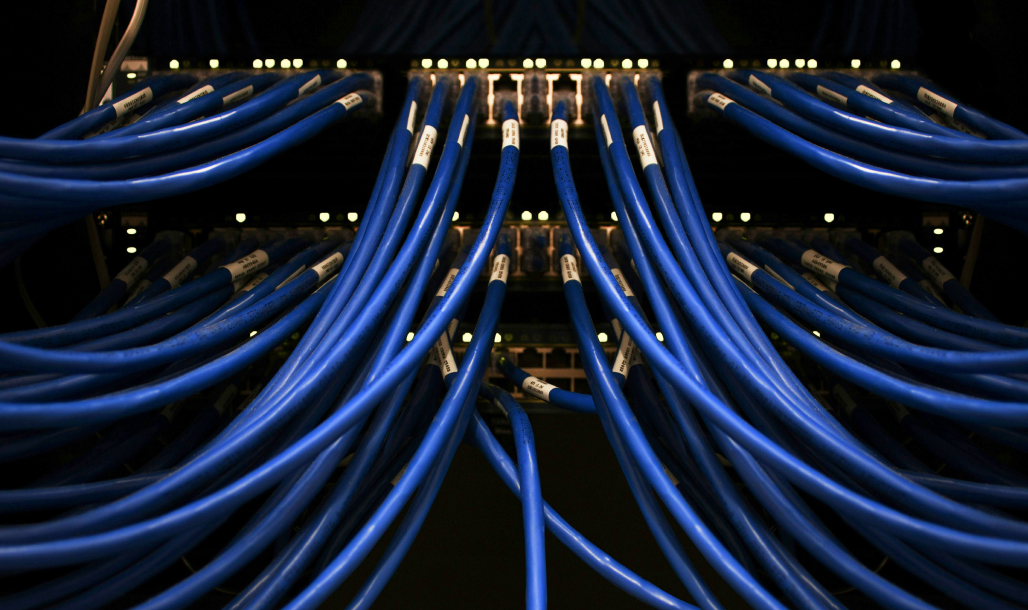Today, businesses rely more than ever before on high-speed, reliable and secure networks. While the focus is often about the speed of Wi-Fi or cloud-based apps However, what most people don’t understand is that beneath every smooth connection is a thoughtfully planned structured cabling system, the invisible infrastructure that holds the whole network together.

Image credit: gokaravan.com
In the event that you’re managing a growing business or overseeing a huge company, having the correct structured cabling isn’t just an option it’s necessary.
What is Structured Cable Exactly?
Think of structured cabling as the physical skeleton of your IT infrastructure. It’s the standard method to organize cables and hardware so that computers, phones servers, servers, and security systems are able to communicate and connect. Structured cabling is sensible and clean. It adapts to the ever-changing technology.
A well-organized cabling infrastructure can support voice, data and multimedia throughout the entire operation. Modularity allows you to add, move or change systems without major disruption. It’s also adaptable, ready to grow as your business expands.
Why Structured Cabling Services Matter
Structured cabling isn’t a one-size-fits-all solution. Every building, every sector, and every kind of business has its own performance requirements. It’s the reason why partnering with a business that is skilled in structured cabling is vital.
Experts will evaluate your current infrastructure, future needs and layout of your physical infrastructure to develop an individual design. The services offered include horizontal and backbone cabling, patch panel, distribution frames and quality assurance tests for every cable.
Karavan Technology is one example of a firm that offers the complete service of structured cabling across the US, Canada and beyond. These services are made for easy installations and high-performance environments. They provide solutions that range from Cat5E cabling to high-frequency Cat7 cables capable of handling 1200MHz.
The Structured Cabling Installation Procedure
Structured cabling is often viewed as disruptive. A skilled team can install the cabling quickly and effectively without disrupting daily operations.
Here is what an installation typically entails:
1. Engineers look over the area for cable routings and map all endpoints.
2. Installation: The cables are positioned well and clearly have been labeled.
3. Testing and Certification The connections are all tested to ensure signal quality.
4. The documentation is available to assist with troubleshooting, upgrades or future troubleshooting.
The result is a digital system that’s ready to connect and play. It will be there for many years to come.
Future-Proofing Structured Cabling Systems
Your infrastructure must keep pace with the speed of technology. A structured cabling solution which is implemented correctly can offer benefits for the future which make it easy to upgrade or extend your network without re-starting. It is possible to incorporate new workstations, devices, or servers without having to do complete overhaul.
In addition that, as the demands for data increase and cloud computing is a major factor as well as videoconferencing, a solid base can prevent bottlenecks and guarantee consistent performance. There won’t be any problems with latency, signal loss or time-consuming downtime caused by inadequate wiring.
Final Thoughts
Structured cabling is not visible but it should not be forgotten. It’s the base of a fully functional, future-ready network that is able to support all aspects of your business’s operation. Structured cabling and structured cabling services from professionals will not just help you improve your performance but also provide the groundwork for future success.
Whether you’re opening a new office, upgrading your existing system or planning a major deployment making the investment in a structured cabling is a option you’ll be glad to have.